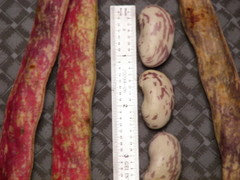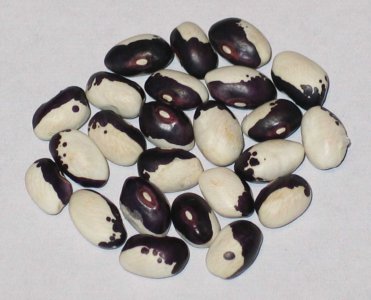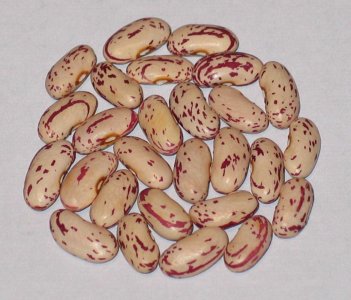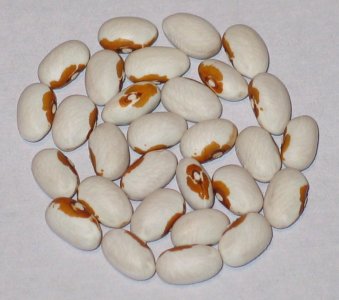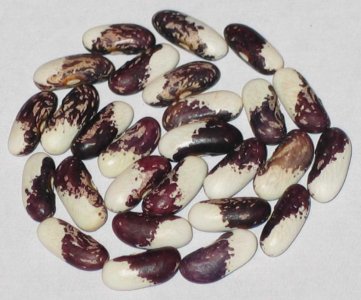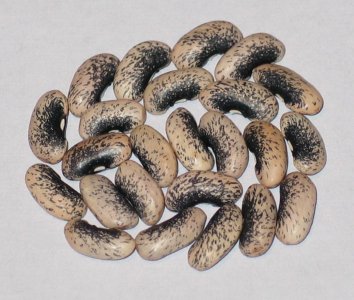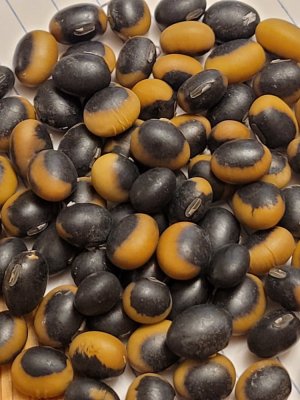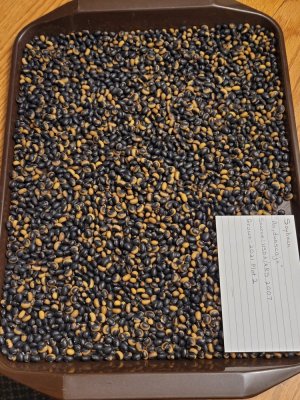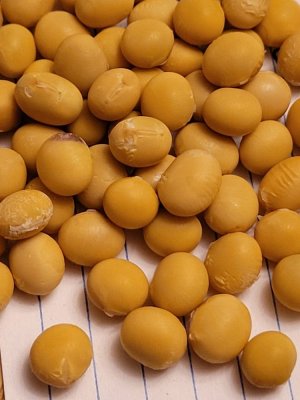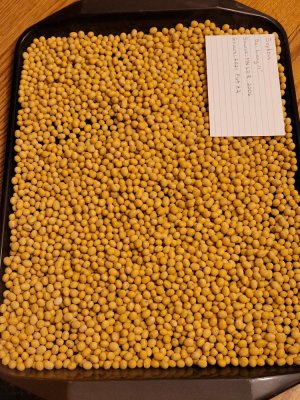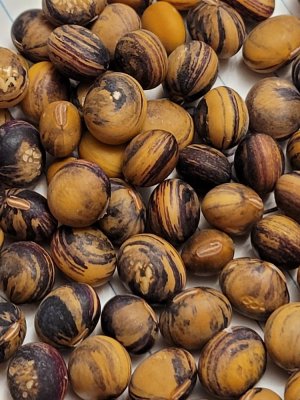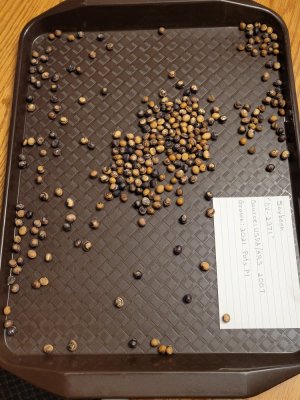- Thread starter
- #1,781
Blue-Jay
Garden Master
- Joined
- Jan 12, 2013
- Messages
- 3,545
- Reaction score
- 11,344
- Points
- 333
- Location
- Woodstock, Illinois Zone 5
It was almost as good as Candy! I was super impressed with it, as it was my first time trying it out. Was a semi-runner.
So the two beans are very different in productivity and growth habit. Doesn't seem like they would be related varieties.It was almost as good as Candy! I was super impressed with it, as it was my first time trying it out. Was a semi-runner.

